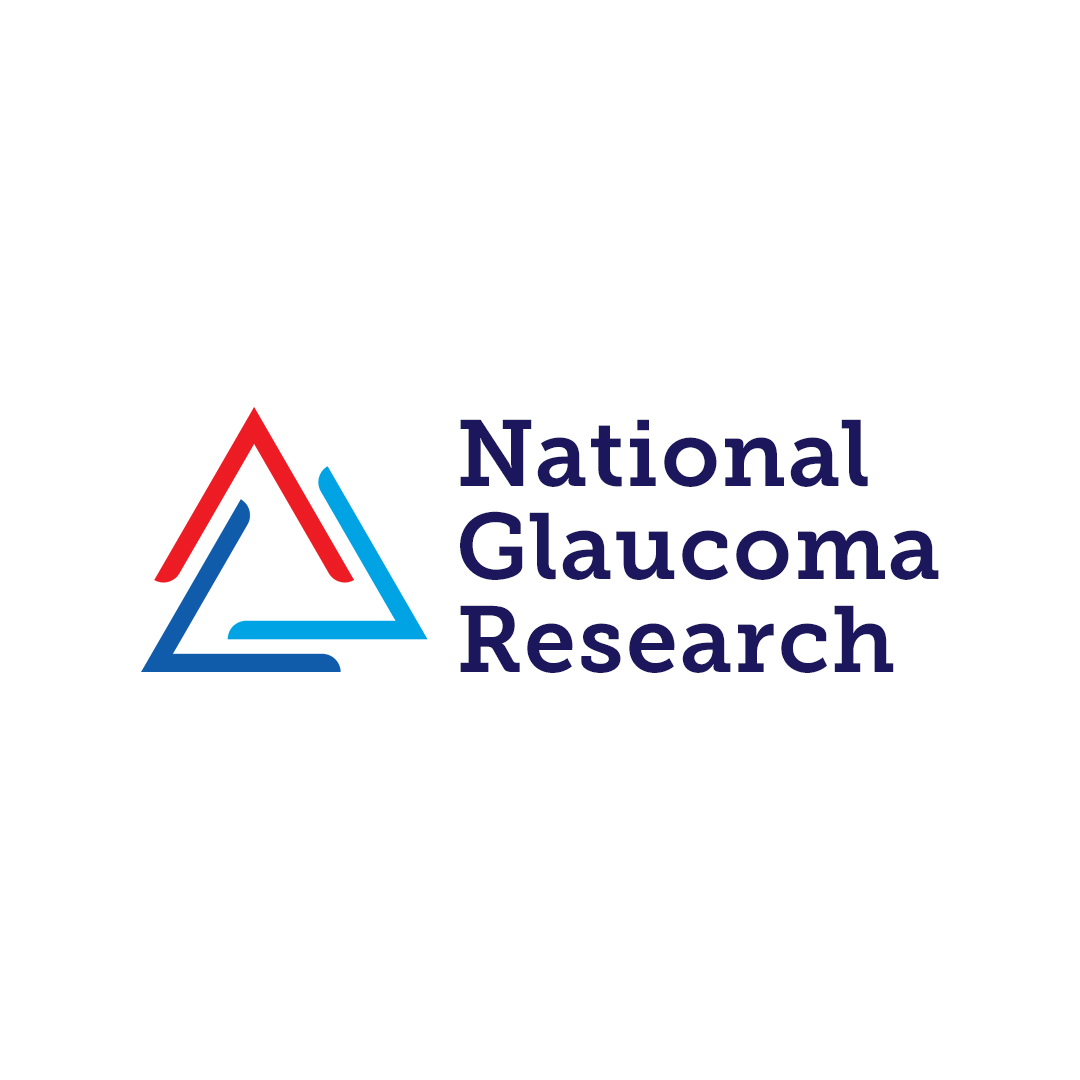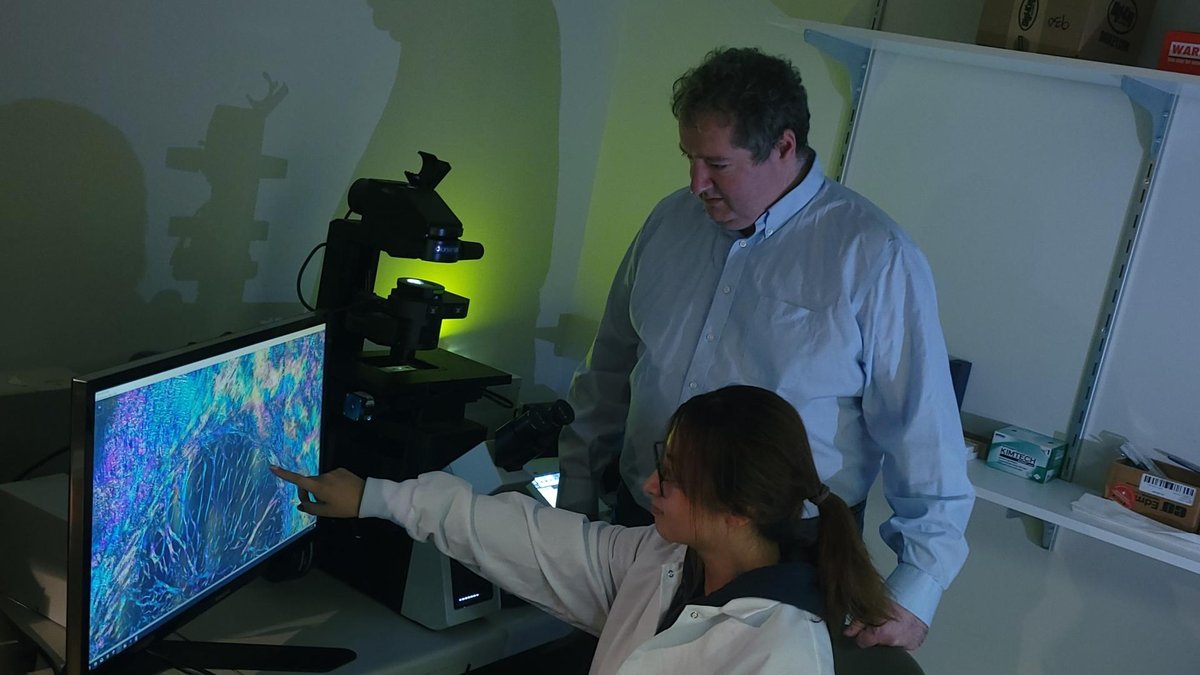
In This Issue…
- Uveitis and Glaucoma: Is There a Connection?
- President’s Corner
- Spotlight On … Jason Porter, PhD
- Can Vitrectomy Increase the Risk of Developing Glaucoma?
- Surgical Treatment Options for Open-Angle Glaucoma
- New Recipe: Squash Ribbons With Lemon and Parmesan
- Other Ways to Support Us!
Uveitis and Glaucoma: Is There a Connection?
Symptoms, treatment options, and how uveitis is related to glaucoma
Uveitis is an eye condition that can lead to glaucoma. It is an inflammation of the eye, and typically affects the middle layer of the eye wall, which is called the uvea. The uvea consists of the iris, ciliary body, and choroid. The type of uveitis you have is determined by which parts of the eye are affected.
The most common symptoms of uveitis are eye redness, pain, light sensitivity, floaters, and blurry vision. It can affect one eye or both eyes, and while it typically affects young to middle-aged adults, it can also affect children. Some causes of uveitis include infection, trauma, or an autoimmune disease, but many times, no cause is identified despite comprehensive testing.
Glaucoma is a relatively common complication of uveitis, especially anterior uveitis and when the uveitis is more chronic and longstanding. Steroids are most commonly used in the treatment of uveitis, but the steroids themselves can raise eye pressure, sometimes dramatically so. Blockage of the drainage system of the eye can also be caused by inflammatory cells or scar tissue.
A treatment plan for uveitic glaucoma is multi-faceted and involves treatment of the uveitis, treatment of glaucoma by lowering the eye pressure, and prevention of secondary effects from the uveitis that can lead to increased eye pressure. While there can be a connection between uveitis and glaucoma, having uveitis does not necessarily mean you will develop glaucoma. Your ophthalmologist can determine whether you are showing any signs of early glaucoma. If caught early, glaucoma damage can be controlled or slowed so that it does not impact your vision.
President’s Corner
Thank you for supporting National Glaucoma Research so that breakthrough research can forge ahead at the fastest pace possible.
Your generosity makes it possible for National Glaucoma Research to fund innovative research that applies technological advances directly to learning more about glaucoma. For example, the work of Dr. Jason Porter featured in this issue of National Glaucoma Research Report does just that.
Dr. Porter is applying advanced imaging techniques to early detection of glaucoma, in hopes that doctors will one day be able to detect the disease before irreversible vision damage can occur.
Thank you for continuing to partner with us to ensure important research is not slowed, or worse, stopped due to a lack of funding. By working together, we hope to have a brighter future for the more than 3 million Americans living with glaucoma and the millions more who will soon face the heartbreak, suffering, and expense that comes with a glaucoma diagnosis.
Spotlight On … Jason Porter, PhD

A New Method to Detect Glaucoma
With the support of a National Glaucoma Research grant, Jason Porter, Ph.D., of the University of Houston, is using high-resolution imaging of capillaries in the eye in hopes of developing ways for doctors to detect glaucoma earlier and faster than is possible today.
Because glaucoma can take a long time to develop in humans, Dr. Porter is examining changes in animal models with glaucoma, where the disease occurs much faster, but still causes the same types of vision loss seen in humans. High magnification pictures of the retina and optic nerve taken before and after the development of glaucoma will lead to a better understanding of how the eye changes, especially early in the disease.
Dr. Porter has been conducting research in glaucoma for the past 14 years and developed an interest in high-resolution imaging of the eye during his graduate studies. His goal is to improve the ability to detect, track and examine the development and progression of glaucoma. Should the results of this work be applied successfully in the future, vision could potentially be saved because doctors could make treatment decisions earlier.
Surgical Treatment Options for Open-Angle Glaucoma
There are many types of glaucoma surgery, all with the common goal of lowering eye pressure. Surgery is performed to either increase the amount of fluid that drains out of the eye or decrease the amount of fluid produced by the eye. Ophthalmologists weigh a variety of factors to determine which surgery to recommend in
individual cases.
Trabeculectomy is an operative procedure that improves the drainage by creating a trap door in the wall of the eye. Vision recovery after trabeculectomy can take anywhere from two to six weeks. Although unusual, serious complications can occur and trabeculectomy is reserved for eyes that have not responded adequately to medical or laser surgery. Tube shunt surgeries are like trabeculectomy but involve implantation of a tube that shunts fluid to the outside of the eye wall but inside the conjunctiva. Tube shunts are often successful when trabeculectomy fails.
A group of new and still evolving glaucoma surgeries are referred to as “minimally invasive glaucoma surgeries” or MIGS. MIGS are generally safer, but the amount of eye-pressure lowering that one can achieve with these surgeries is less than trabeculectomy and tube shunt surgery. It is important to communicate with your ophthalmologist about the goals of your treatment, the side effects, and the impact treatment has on your quality of life.
Can Vitrectomy Increase the Risk of Developing Glaucoma?
Vitrectomy is a commonly performed surgery by retinal specialists in which the vitreous humor (the jelly-like substance in the back of the eye), is removed from the eye. Often combined with other retinal surgeries, a vitrectomy might be included during treatment of a retinal detachment, complications from diabetic retinopathy, macular pucker or macular holes, or removal of
vitreous blood.
Because of the wide variety of reasons vitrectomy is performed, and the fact that it involves different steps, it is challenging to say for sure whether a given patient will develop glaucoma or elevated eye pressure after vitrectomy. However, short-term elevated eye pressure is a common occurrence and known risk after vitrectomy surgery, ranging from 20 percent to 60 percent of cases. The elevated eye pressure is usually temporary and can be treated with eye-pressure-lowering eye drops. If your optic nerve is healthy, there is often no long-term consequence of this short period of eye pressure elevation. Of course, if you already have preexisting glaucoma, the concern for eye pressure elevation is higher. It is important to recognize that the likelihood of developing elevated eye pressure may depend on the complexity of the surgery, the underlying health of the eye, and the reasons for vitrectomy.
Squash Ribbons With Lemon and Parmesan
This elegant side dish is simply dressed and loaded with flavor and vitamin A to support your vision and immune system.
Ingredients
- 3/4 pound yellow squash and zucchini
- 1 tablespoon extra-virgin olive oil
- 1 tablespoon fresh lemon juice
- 1 ounce Parmesan cheese, shaved
- Kosher salt and pepper
Instructions
- Cut the squash and zucchini into long, thin strips using a vegetable peeler (discard seedy cores).
- Place in a large bowl.
- Add the oil, lemon juice, Parmesan, 1/4 teaspoon salt, and 1/4 teaspoon pepper and toss gently to combine. Serve immediately.
Other Ways to Support Us!
Did you know you can make a gift that will help lead the fight against glaucoma and could even provide benefits for you? There are a variety of ways to include National Glaucoma Research in your estate plans that could enable you to earn a charitable income tax deduction.
Donor-Advised Funds (DAF)
Put your dollars to work! Learn more and take advantage of our easy-to-use DAF direct feature on our website at brightfocus.org/DAF-NGR.
IRA Distribution
Satisfy your IRA’s required minimum distribution and avoid income tax on the withdrawal by donating your required minimum distribution directly to National Glaucoma Research. Visit: brightfocus.org/IRA.
Stock
A gift of publicly traded securities owned for at least one year and that have increased in value can potentially save you both income tax and capital gains tax. Go to brightfocus.org/securities to learn more.
If you are interested in learning more about any of the above ways to give, you can contact Charlie Thomas at 301-556-9362 or plannedgiving@brightfocus.org. For more information regarding all the many ways you can leave a legacy of support, go to brightfocus.org/plannedgiving.
Risk Factors of Primary Open-Angle Glaucoma
Primary open-angle glaucoma is a type of open-angle glaucoma where a secondary cause of increased eye pressure, such as chronic steroid use or eye trauma, is
not present.
- Age – A major risk factor because as we get older, the drainage system no longer functions as well and eye pressure can gradually increase.
- Eye Pressure – The second major risk factor, and the only modifiable risk factor when pressure is reduced by medications, laser, or surgery.
- Race and Ethnicity – African and Hispanic people have an increased risk of glaucoma, though the reasons for this increased risk are not yet
definitively known.
- Family History – Especially a factor if first-degree relatives such as parents or siblings have glaucoma.
- Corneal Thickness – Patients with thinner corneas may have an increased risk
of glaucoma.
- Nearsightedness (Myopia) – People who have myopia, or nearsightedness, have an increased risk of primary-open angle glaucoma. This may have to do with the fact that the optic disc has a different shape and/or the nerve has increased vulnerability to eye pressure, even when it is in the “normal” range. Patients with an increased “cupping” of their optic nerves are also at increased risk of primary open-angle glaucoma.
- Diabetes and Blood Pressure – People with these conditions may also have an increased risk of primary open-angle glaucoma, although this relationship is not as well-established as the risk factors discussed above.
Discuss your individual risks with your doctor. A diagnosis of glaucoma can only be made through a comprehensive eye exam performed by an ophthalmologist. Learn more at brightfocus.org/NGRresources.
About BrightFocus Foundation
BrightFocus Foundation is a premier global nonprofit funder of research to defeat Alzheimer’s, macular degeneration, and glaucoma. Through its flagship research programs — Alzheimer’s Disease Research, Macular Degeneration Research, and National Glaucoma Research— the Foundation has awarded nearly $300 million in groundbreaking research funding over the past 51 years and shares the latest research findings, expert information, and resources to empower the millions impacted by these devastating diseases. Learn more at brightfocus.org.
Disclaimer: The information provided here is a public service of BrightFocus Foundation and is not intended to constitute medical advice. Please consult your physician for personalized medical, dietary, and/or exercise advice. Any medications or supplements should only be taken under medical supervision. BrightFocus Foundation does not endorse any medical products or therapies.








